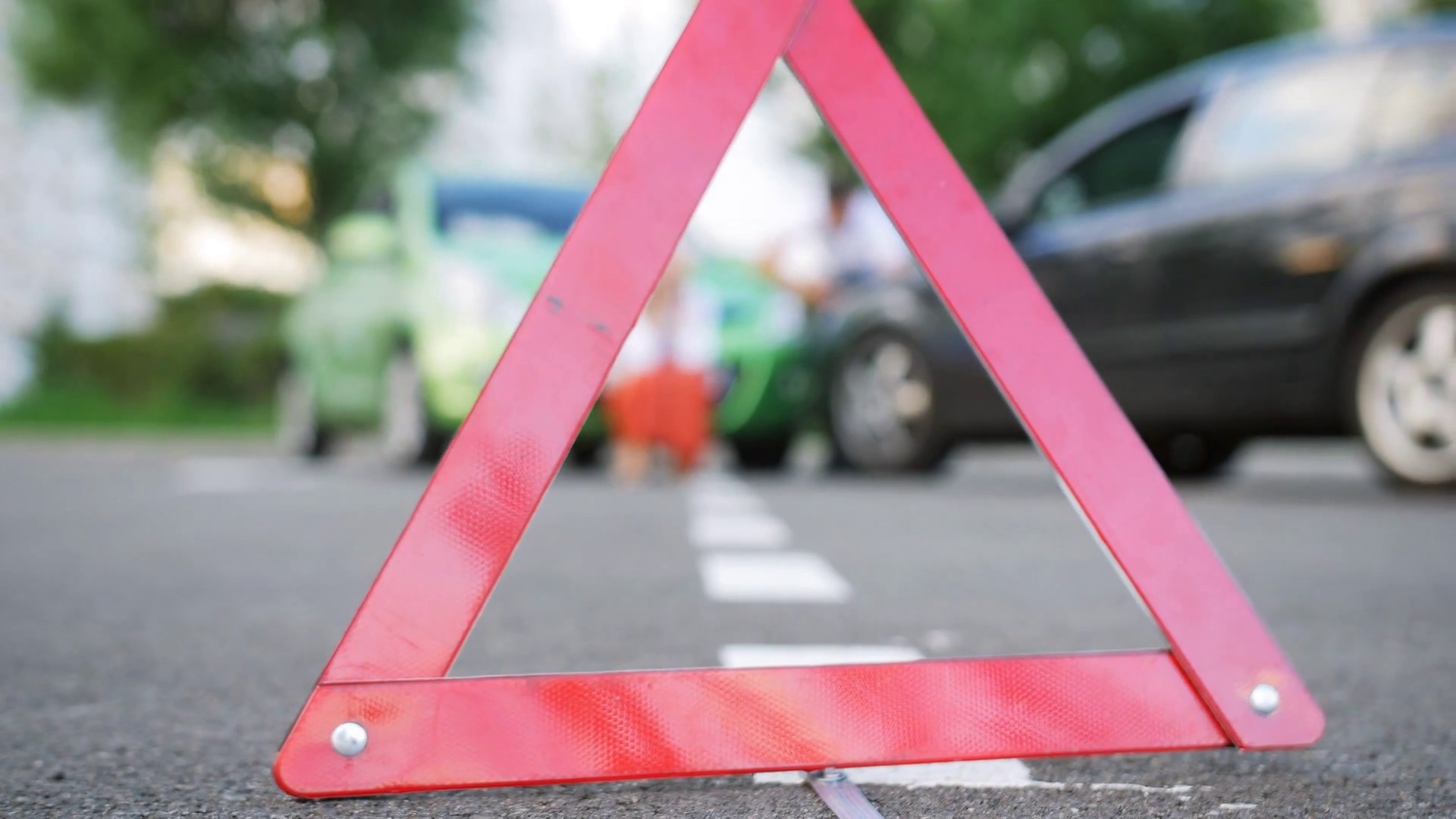Driving a car, riding a motorcycle, or even crossing the street on foot is dangerous. Accidents can range from minor bike accidents to fatalities involving one or more road users.
Statistics provide insight into the recurring difficulties and challenges associated with car accidents throughout the country, state, and even the city of Los Angeles.
Sadly, about 25 miles north of LA, in beautiful Long Beach, the city has become rampant with such accidents.
According to the National Highway Traffic Safety Administration, Long Beach was ranked 17 on a list of cities for speeding drivers. 39.9% of traffic deaths in Long Beach were caused by speeding, which is higher than the national average of 27.7%.
Who Are The Most Vulnerable?
Pedestrians, bicyclists, and motorcyclists are especially vulnerable to collisions because they are less protected. These three means of transportation account for only 14 per cent of all crashes but 65 per cent of all traffic deaths and severe injuries in Long Beach.
Which Intersections Are Prone To Accidents?
Santa Clara Avenue and Tustin Avenue intersection witnessed the most car accidents between 2019 and 2021. Furthermore, the roads where the most collisions happened in 2021 are on the list for 2019-2021. While the Standard Avenue and Warner Avenue intersection was at the bottom of the list, accidents happened regularly.
Listed below are some of the most hazardous accident-prone areas:
- 8th Street and Termino Avenue
- East 7th Street and Redondo Avenue
- East Stearns Street and Palo Verde Avenue
- Bay Shore Ave & East 2nd Street
- 54th Place and East Ocean Boulevard
- West 27th Street and Daisy Avenue
- East 4th Street and Redondo Avenue
- Pacific Coast Highway (PCH) just past 7th Street
- East Los Coyotes Diagonal and East Stearns Street

Discover valuable legal information.
How Does Speed Kill?
According to Long Beach collision data, the most frequent motorist and motorcyclist behaviour that leads to a collision is driving “too fast for conditions.” It is critical to reduce the speed at which motorists travel.
Higher speeds increase the likelihood of an accident as well as significant injury or death. The dangers of high speeds are self-evident for pedestrians, whose chances of dying from car impact grow dramatically as vehicle speed increases. If a pedestrian is hit by a car going at 40 mph, they have a 73% probability of dying or suffering a life-changing injury.
Other common violations that contribute to collisions include failing to obey traffic signals, failing to yield while turning, and making improper turns.
Which Area Is More Prone To Accidents?
Data suggest that fatalities and significant injuries are more likely to occur in the middle of a block (i.e., away from intersections). Collisions resulting in a fatality or severe injury are twice as common along sections of roads as at crossings for motorcyclists and pedestrians. This is most likely because motorists and motorcyclists anticipate fewer problems along mid-block stretches, which may encourage them to move faster and pay less attention between intersections.
Why Do Accidents Happen?
a) According to a 2021 study, traffic is one of the leading causes of car accidents in Long Beach. Most accidents occur around rush hour, when people are on their way to work, school, or returning home. This observation is supported by the Trends in International Mathematics and Science Study (TIMSS) 2021 data.
b) According to the US Department of Transportation, inclement weather can impair sight, vehicle traction, manoeuvrability , and pavement friction. TIMS (Transportation Injury Mapping System) statistics show the opposite tendency. In Long Beach, the majority of collisions occurred during clear weather in 2021.
The TIMSS results reveal an interesting discovery. The majority of accidents (51.88%) occurred during the day in Long Beach. Furthermore, 39.48% occurred at night under streetlights. Only 3.07% of incidents were reported to have occurred in roadways with no lights. This could be because drivers are more cautious at night.
What Can Be Done?
Car accidents can happen anywhere and at any moment for a variety of reasons. Whatever the case, it is critical that drivers and pedestrians remain aware of their surroundings when on the road. Ignoring traffic rules is a direct way to cause an accident, but observing them can help prevent — or at least lessen the likelihood of — a car collision.
Distracted driving, biking, and walking must stop. Other unsafe behaviours, such as speeding and a general lack of education about safe behaviour, should also stop.

